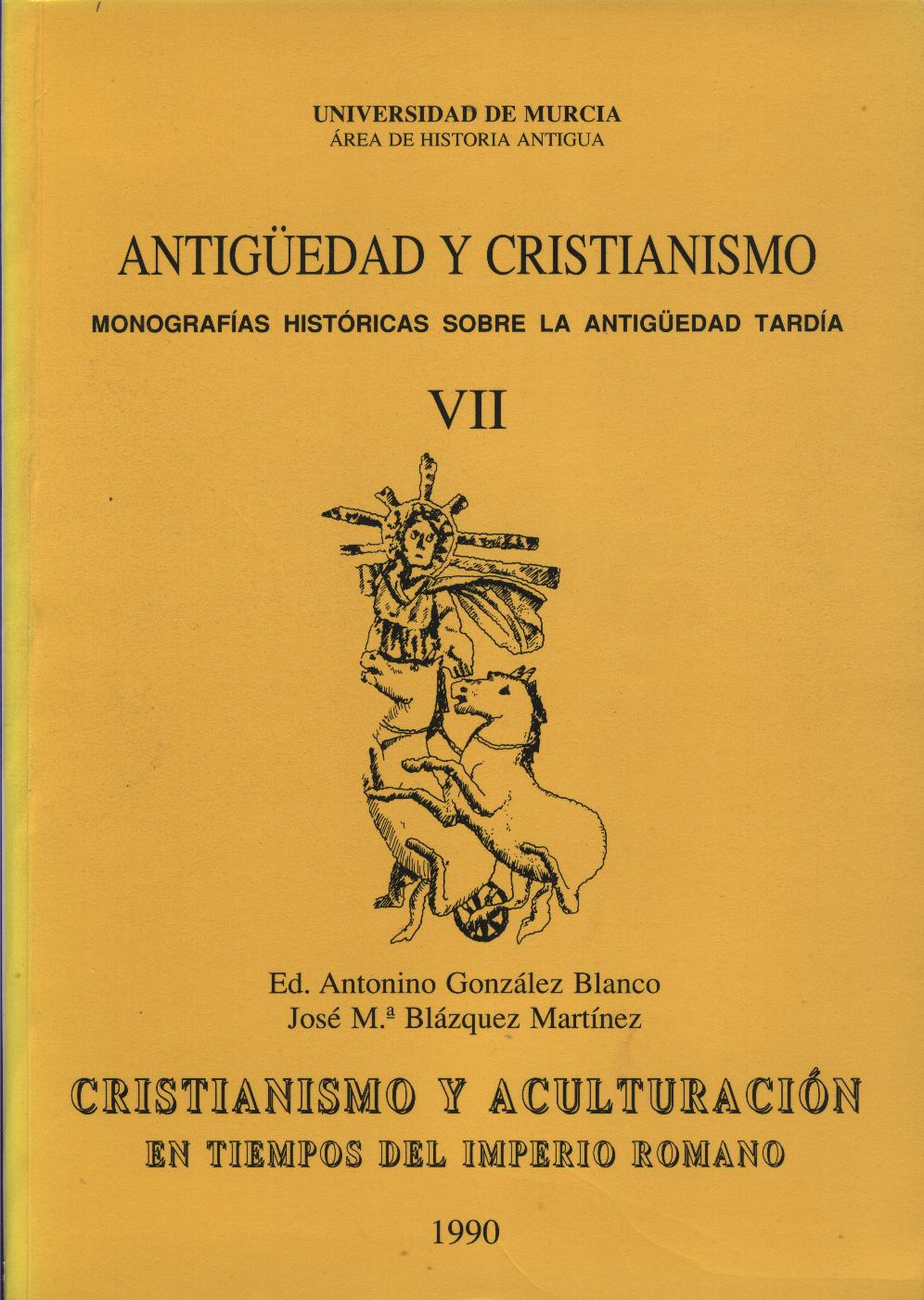La espiritualización del «Reino» en la línea de «aculturación» del Cristianismo dentro del Imperio Romano
Abstract
The «eterna! kingdom» promised by God to David according to the oracle of Natan (2 Sm 7), occupies practically all of the Old and New Testaments of the Bible. The characteristics of this kingdom were primarily political although the fínal aim was the establishment of a state of perfect righteousness on Earth. This promised eternal kingdom of David disappeared with no hope of its returning due to the Babilonian exile although the oracles of the prophets predicted their return in an apoteosical intervention by God. In his sermons Jesus of Nazareth preached the coming of the «Kingdom». For the popular mentality, this Kingdom had a great political promise which was the liberation from the tyranic Romans then occupying Palestine. Jesus was sentenced to death by the Romans accused of being a subersive politician and although the awaited kingdom, as they imagined it, never arrived they continued waiting. In the year 70 A.D., when the romans destroyed Jerusalem, the predicators preached the Christian message in Rome but now all the political aspects of the «coming Kingdom» had to be set aside if a frontal colisión with the Roman Empire was to be avoided. It was then when the spiritual Message of the kingdom was emphazised and the political aspects silenced. The «spiritualization of the kingdom» is a clear case of the phenomenon of aculturation when elements of the Jewish culture passed into the Roman culture where the «kingdom of David» did not have any meaning but a «spiritual kingdom» did.
Downloads
-
Abstract261
-
PDF (Español (España))917
1. The authors non-exclusively assign the exploitation rights (reproduction, distribution, communication and transformation) to the magazine.
2. The works published in this magazine are subject to the Attribution-ShareAlike 4.0 International license (CC By SA 4.0). Therefore, they can be copied, used, disseminated, transmitted and publicly displayed, provided that:
i) the authorship and the original source of its publication (journal, editorial and URL of the work) are cited, thus allowing its recognition.
ii) it is allowed to remix, transform or create from the material while maintaining the same license as the original.
Note: Articles prior to 2022 incorrectly display the CC by SA license in the abstract page. They are under a CC by NC ND license as embedded in the article pdfs. Articles published in 2022 and after are under the CC by SA license.

3. Self-archiving conditions. Authors are allowed and encouraged to electronically disseminate the pre-print (version before being evaluated) and/or post-print (version evaluated and accepted for publication) versions of their works before publication, as it favors their publication. Earlier circulation and diffusion and with it a possible increase in its citation and reach among the academic community. Color RoMEO: verde.
























